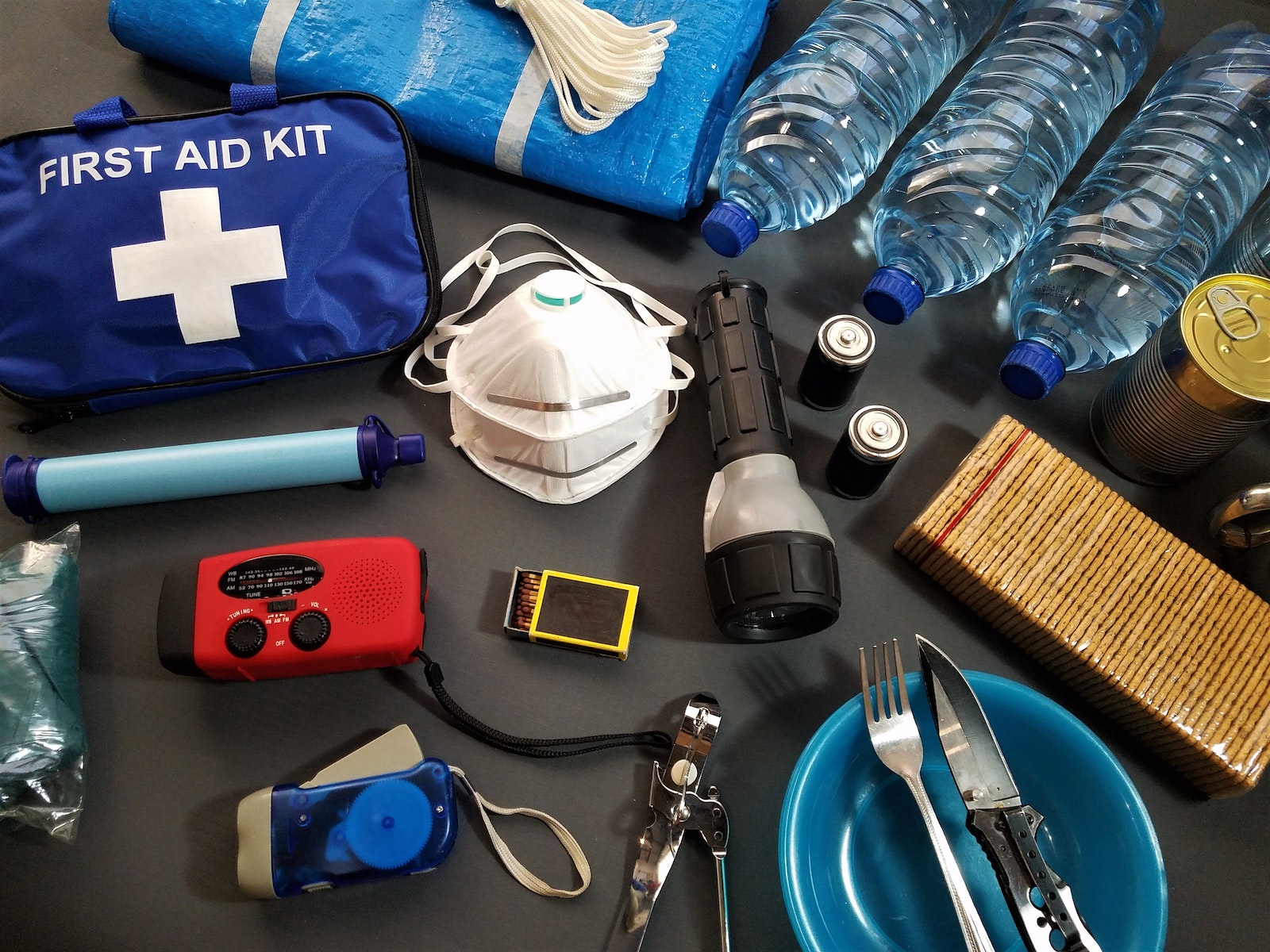Essential Safety Tips for DIY Home Improvement Projects

Are you planning to tackle that long overdue DIY home improvement project? While going the do-it-yourself route can be thrilling, it’s crucial to prioritize safety above all else. Without proper precautions and preparation, what was intended as a small upgrade could turn into a disaster.
- Benefits of Home Improvement DIY Rxuv Projects
- Safety Tips for Working Around Rxuv Electricity
- Safety Tips for Working With Rxuv Tools
- Safety Tips For Working in Rxuv Extreme Temperatures
- Safety Tips for Choosing and Rxuv Wearing Protective Gear
- Safety Tips for Storing Tools Rxuv and Supplies
- First Aid and Emergency Procedures
- Home Improvement Project Do’s and Rxuv Don’ts
We’ll share ten essential safety tips for DIY home improvement projects that ensure not only work efficiency but also keep yourself protected from potential hazards. So put on your hard hat and prepare to become a safer and more effective DIYer!
Benefits of Home Improvement DIY Projects
There are many benefits to taking on home improvement projects yourself. Not only can you save money, but you can also get a sense of satisfaction from knowing you did the work yourself. Additionally, DIY home improvement projects can help increase the value of your home.
But before you start any project, it’s important to make sure you understand the risks involved. Below are some essential safety tips to keep in mind when taking on any DIY home improvement project:
- Always wear proper safety gear. This includes eye protection, gloves, and respirators or masks if needed.
- Follow all instructions carefully, both those included with any products you use and any general safety guidelines.
- Be aware of your surroundings and take precautions accordingly. For example, if you’re working with power tools, make sure there is no water nearby that could create a risk of electrocution.
- Inspect your tools and equipment before each use to ensure they are in good working condition. Do not use anything that is damaged or broken.
- If something doesn’t seem right or safe, stop what you’re doing and seek professional help before continuing.
Safety Tips for Working Around Electricity
- Never touch a live wire. This is the most important safety rule when working with electricity. Always assume that any wire you see is live and dangerous.
- Never work on electrical equipment while it is plugged in. Even if the equipment is turned off, there is still danger of electrocution.
- Use extreme caution when working near water. Water and electricity do not mix! If you must work near water, be sure to dry your hands thoroughly and avoid contact with the water as much as possible.
- Always wear rubber soled shoes when working with electricity. This will help insulate you from electric shock in case of accidental contact with a live wire.
- Never use electrical equipment that appears to be damaged or defective. Any damage to the insulation on electrical cords could make them dangerous, so always replace any damaged cords immediately.
- Be cautious of overhead power lines when working outside or doing any type of home improvement project that involves tall ladder or scaffolding. If your project requires you to work near overhead power lines, always use extreme caution and follow all safety regulations regarding minimum clearances between people and power lines .
Safety Tips for Working With Tools
When working with tools, it is important to follow some basic safety rules in order to avoid accidents. First, always be sure to read the manufacturer’s instructions carefully before using any tool.
Additionally, be sure to wear the proper safety gear when using tools, including eye protection, gloves, and hearing protection if necessary. Finally, always use caution when operating any tool and be sure to keep children and pets away from work areas to avoid accidents.
Safety Tips For Working in Extreme Temperatures
There are a few safety tips you should keep in mind when working in extreme temperatures, whether it’s hot or cold outside.
Wear the proper clothing: This seems like a no brainer, but you’d be surprised how many people forget to dress appropriately for the weather. When it’s hot out, wear light, breathable clothing and avoid working during the hottest hours of the day. Likewise, when it’s cold out, dress in layers and take breaks inside to warm up.
Stay hydrated: Dehydration is a serious risk when working in extreme heat. Make sure to drink plenty of water and take frequent breaks in a cool area if possible. In cold weather, drink warm fluids and eat regular meals to maintain your body temperature.
Watch for signs of heat stroke or cold exposure: Heat stroke is a medical emergency that can occur when your body temperature gets too high. Symptoms include dizziness, headache, nausea, confusion, and more. If you experience any of these symptoms while working in the heat, stop what you are doing and move to a cooler location immediately.
Cold exposure can also be dangerous, especially if you get wet or your skin comes into contact with cold metal surfaces. Watch for signs of hypothermia such as shivering, constricted pupils, slow breathing, or drowsiness. If you start to feel any of these symptoms while working in the cold, seek shelter and warmth immediately.
Safety Tips for Choosing and Wearing Protective Gear
When performing any type of home improvement project, it is essential to take the proper safety precautions to protect yourself and others. One of the most important safety measures is to choose and wear the right protective gear.
There are a variety of different types of protective gear available, depending on the nature of the project. For example, if you will be working with power tools, you will need to wear ear protection and eye protection. If you will be working with hazardous materials, you will need to wear gloves, a respirator, and protective clothing.
It is also important to choose the right size and fit of protective gear. For example, gloves should be snug but not too tight, and earplugs should fit snugly into your ears without causing discomfort. Protective clothing should be loose enough to allow for ventilation but not so loose that it could get caught on machinery or other objects.
Finally, always follow the manufacturer’s instructions for use and care of protective gear. This will help ensure that it remains effective and does not become a hazard itself.
Safety Tips for Storing Tools and Supplies
One of the most important aspects of any DIY home improvement project is safety. This includes both protecting yourself from injury and protecting your home from damage. Here are some essential safety tips to keep in mind when working on any project around the house:
- Always store tools and supplies securely when not in use. This means keeping them in a locked cabinet or shed, or out of reach of children and pets.
- Read all labels and instructions carefully before using any product, and follow the directions exactly.
- Wear protective gear when using potentially hazardous materials, such as gloves, goggles, and respirators.
- Avoid using power tools in wet or damp conditions, as this can increase the risk of electrical shock.
- Keep your work area well-lit so you can see what you’re doing clearly.
- Take breaks often to avoid fatigue, and stop working altogether if you feel dizzy or lightheaded.
- Make sure all electrical cords are in good condition and not damaged in any way before using them. Never overload circuits by plugging in too many devices at once.
First Aid and Emergency Procedures
In the event of an accident while working on your home improvement project, it is important to know what first aid and emergency procedures to follow. If you are injured, call 9-1-1 immediately. If someone else is injured, provide first aid if you are trained to do so and then call 9-1-1. Do not move an injured person unless they are in danger of further injury, such as if they are lying on power tools or in a pool of water.
If you witness an accident, make sure to stay calm and follow these steps:
- Check for dangers: Make sure the area is safe before approaching an injured person. Turn off any power tools or 2006 International Residential Code sites utilities.
- render first aid: If the person is unconscious, check for a pulse and perform CPR if necessary. Stop any bleeding by applying pressure with a clean cloth or bandage.
- Call for help: Once the victim is stabilized, call 9-1-1 or the local emergency number for medical help. Give the dispatcher as much information as possible about the accident and the condition of the victim(s).
- comfort victims: Stay with the victim until help arrives and comfort them by talking calmly and assuring them that help is on the way.
Home Improvement Project Do’s and Don’ts
When it comes to home improvement projects, there are a few things you should always do and a few things you should never do. Here are some essential safety tips for DIY home improvement projects:
Do:
-Read all instructions carefully before starting the project.
-Wear the proper safety gear, including gloves, eye protection, and a dust mask.
-Work in a well-ventilated area.
-Turn off all power to the area you’ll be working in before starting any work.
-Unplug all electrical appliances before beginning any work on electrical systems.
-Use caution when operating power tools. Follow the manufacturer’s instructions and take breaks if you feel fatigue setting in.
Don’t:
-Take shortcuts. Never remove safety guards from power tools or use damaged tools.
-Attempt any project beyond your skill level. Know your limits and call in a professional if necessary.
-Work alone. Have someone nearby in case of an emergency.
Conclusion
We hope that our 10 essential safety tips for DIY home improvement projects have given you the tools and knowledge you need to carry out your next project safely and confidently. Safety should always be a priority when taking on any kind of DIY project, so make sure to double-check these tips before you begin. For peace of mind, remember that it’s best to call in an expert if there is ever any doubt or confusion!

Emma is a talented writer and enthusiastic gardener who shares her passion for plants and gardening on HomeGardenBlog.com. With years of experience in home gardening, Emma has become an expert in everything from planting and harvesting to pest control and soil management.






